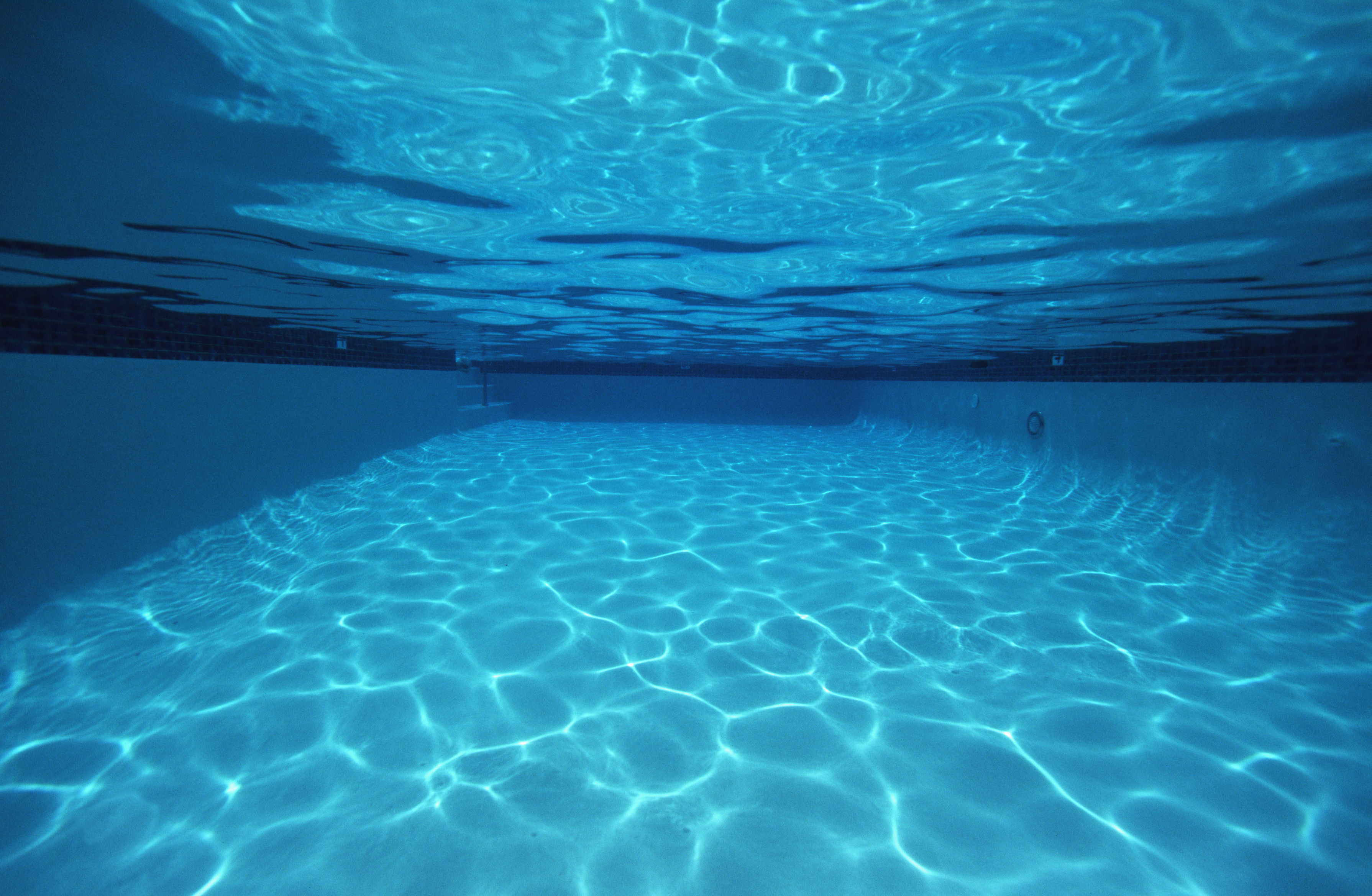As temperatures begin to climb each summer, so do the number of drowning deaths.
Drowning is the leading cause of unintentional death among children ages 1 to 4 years old and the second leading cause of unintentional death in children ages 5 to 14, according to the Centers for Disease Control and Prevention.
Watch NBC6 free wherever you are
The agency reported drowning deaths are on the rise in the U.S. In a 2024 study released last month, the CDC reported 4,500 people died due to drowning each year from 2020–2022, 500 more per year compared to 2019.
The U.S. Consumer Product Safety Commission and the American Red Cross suggest home owners follow these safety tips to help prevent a tragedy and keep a well maintained backyard pool:
Get local news you need to know to start your day with NBC 6's News Headlines newsletter.
POOL SAFETY TIPS
- Teach children how to swim: Swimming is not only fun, it’s a lifesaving skill. Enroll children in swimming lessons; there are many free or reduced-cost options available through community-based organizations like your local YMCA, USA Swimming chapter, Parks and Recreation Department, US Swim School Association or Red Cross. Have young or inexperienced swimmers wear a U.S. Coast Guard-approved life jacket.
- Install proper barriers, covers and alarms: Secure your pool with appropriate barriers. Completely surround your pool with a 4-feet high fence or barrier with a self-closing, self-latching gate. Place a safety cover on the pool or hot tub when not in use and remove any ladders or steps used for access. Consider installing a pool alarm that goes off if anyone enters the pool.
- Never leave a child unattended in or near water: Always watch children when they’re in or near water, and never leave them unattended. Designate an official "Water Watcher," an adult tasked with supervising children in the water. That should be their only task – they shouldn’t be reading, texting or playing games on their phone. Have a phone close by at all times in case you need to call for help, and if a child is missing, check the pool first.
- Teach children to stay away from drains: Do not play or swim near drains or suction outlets, especially in spas and shallow pools, and never enter a pool or spa that has a loose, broken or missing drain cover. Children’s hair, limbs, jewelry or bathing suits can get stuck in a drain or suction opening. When using a spa, be sure to locate the emergency vacuum shutoff before getting in the water.
- Keep your pool water clean and clear: Maintain proper chemical levels, circulation and filtration. Regularly test and adjust the chemical levels to minimize the risk of earaches, rashes or more serious diseases.
- Have an emergency response plan: Ensure everyone in the home knows how to respond to aquatic emergencies by having appropriate safety equipment and taking water safety, first aid and CPR courses. Often, bystanders are the first to aid a drowning victim, so learning CPR can help save a life. And once you’re CPR certified, make sure to keep your certification current. CPR classes are available through many hospitals, community centers, or by contacting the American Red Cross at at 1-800-RED-CROSS or support@redcrosstraining.org.
PONDS, LAKES, RIVERS AND OCEANS: OPEN WATER SAFETY
Swimming in open water, such as ponds, lakes, oceans and rivers, poses different risks for children. According to the CDC, children 5 years old and older are more likely to drown in open water, with the risk of drowning increasing with age. Fifty percent of open water fatalities occur among teens ages 15 to 19.
The average 10-year-old, for example, is three times more likely to drown in open water than in a pool. According to the Red Cross, more than 100 people die annually due to rip currents on U.S. beaches.
- Hidden Hazards: Teach children that swimming in an open water is different from swimming in a pool. Know the hidden hazards of open water such as limited visibility, sudden drop-off, rip currents, undertow and changing weather.
- Designated swimming areas: Look for posted signs about open water hazards. Swim with a buddy in a designated area that is supervised by lifeguards. Heed the warnings and special instructions of lifeguards or other authorities as well as flags or signs.
- Use the buddy system: Never swim along, regardless of your age or level of swimming skills.
- Wear a life jacket: Weak swimmers and children who cannot swim should wear a life jacket at all times when boating or participating in other water activities. Choose a U.S. Coast Guard-approved jacket that is right for your child's weight and water activity.
- Know how to respond to an aquatic emergency: It is important to know how to respond in an emergency without putting yourself at risk of drowning. Enroll in Red Cross water safety, first aid and CPR courses to learn what to do. Know where the lifeguards are and how to call 9-1-1 in an emergency.



